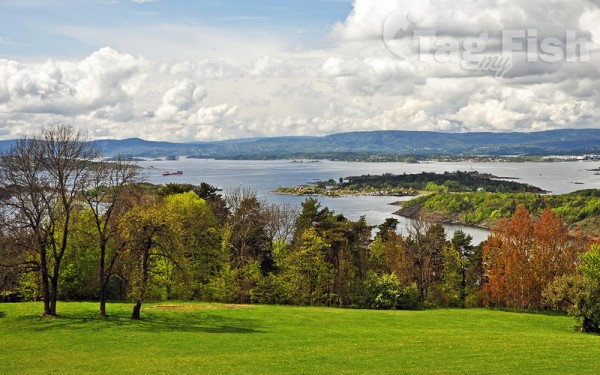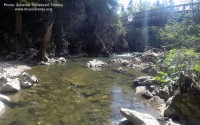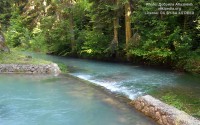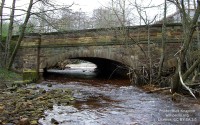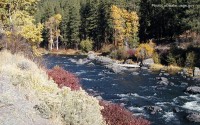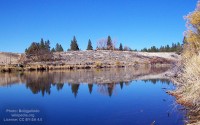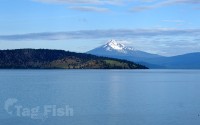Skagerrak
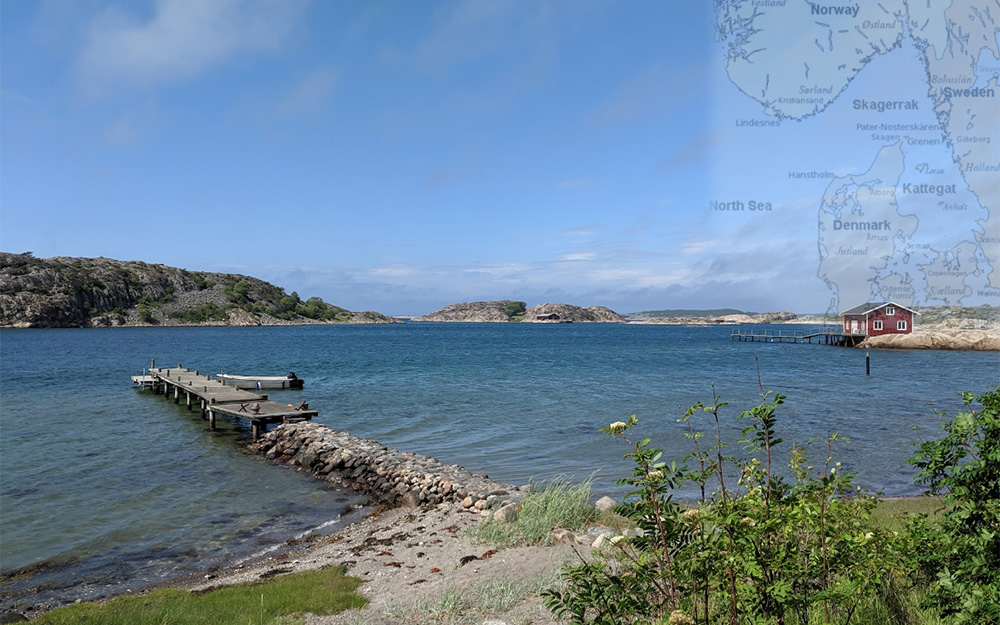
Bays
The Skagerrak is a strait running between the Jutland peninsula of Denmark, the southeast coast of Norway and the west coast of Sweden, connecting the North Sea and the Kattegat sea area through the Danish Straits to the Baltic Sea.
The Skagerrak contains some of the busiest shipping routes in the world, with vessels from every corner of the globe. It also supports an intensive fishing industry. The ecosystem is strained and negatively affected by direct human activities. Oslo and Gothenburg are the only large cities in the Skagerrak region.
The Skagerrak is 240 km (150 mi) long and between 80 and 140 km (50 and 87 mi) wide. It deepens toward the Norwegian coast, reaching over 700 m at the Norwegian Trench. Some ports along the Skagerrak are Oslo, Larvik and Kristiansand in Norway, Skagen, Hirtshals and Hanstholm in Denmark and Uddevalla, Lysekil and Strömstad in Sweden.
The Skagerrak has an average salinity of 80 practical salinity units, which is very low, close to that of brackish water, but comparable to most other coastal waters.
The area available to biomass is about 3,600 km2 (1,400 sq mi) and includes a wide variety of habitats, from shallow sandy and stony reefs in Sweden and Denmark to the depths of the Norwegian trench.
